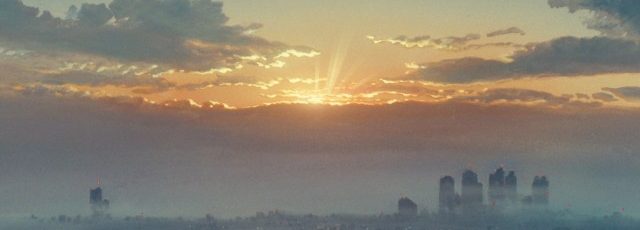Introduction
My Zenith Project was a Super 8 video essay. Essentially a video essay that partially involves less control, but hopefully an almost more accurate depiction of life being full of choice candid moments with the dialogue being similar to the reflections, a more candid writing with my voice. The idea was to take a Super 8 Camera and film on my Switzerland Madrigal tour, using it as a good chance to reflect on my senior year as well as portraying the soon jump to a new part of life.
Shooting in film, and especially Super 8 was something I had never done before and really presented a challenge. Because it is so limited, and impossible to erase any of a roll, I had to very carefully choose my shots to make sure they were purposeful, even if they represented something more candid. I’ve seen a lot of–what feels like–very repetitive Super 8 films full of very generic and uninteresting shots, but the few that seem more well planned, or incorporate more beautiful cinematography combined with that nostalgic feel can end up being really special.
One of my favorite Super 8 videos is called “If We All Die Tomorrow.” While, yes, it is a Tom Rosenthal song put over a bunch of clips, it feels like there is much more purpose to it. The Super 8 footage is still well composed, and has a great blend of silliness and nostalgia. There are shots of people but also of the location and general feel. The cinematography is very specifically shot, somehow having depth and showing great moments from the trip. It feels like you’re sucked into the trip amongst them and remembering what it was like to just have fun with your friends in that way. And unlike most, there are also narration bits of sorts. Structured as writing a letter to the creator’s friend who went on the trip, it discusses the pandemic and how long ago those good moments of freedom felt, yet how crucial it is to be reminded of them. The narration makes the video feel infinitely more personal and, at least to me, engaging. It makes you, again, feel placed in the middle of the thought process and really glues together the video into a cohesive narrative. I wanted to create something like that; a film that feels nostalgic and dreamy yet also intensely personal.
For the elements of what I’ve learned in film, the main components were pre-production, production and post-production. Production was obviously my filming in Switzerland with a brand new type of camera and film, with post-production being the editing. But the editing included more than just basic film editing. I wanted to also do sound editing for the song and the voice track to make it more in tune with that sort of old nostalgic feel of the video anyway. I also would later learn I’d have to do heavy color editing to get it to look right. Pre-production was also involved as, though I couldn’t plan, I did write my “monologue,” do plenty of research on Super 8 videos, and look around for music to use.
Process
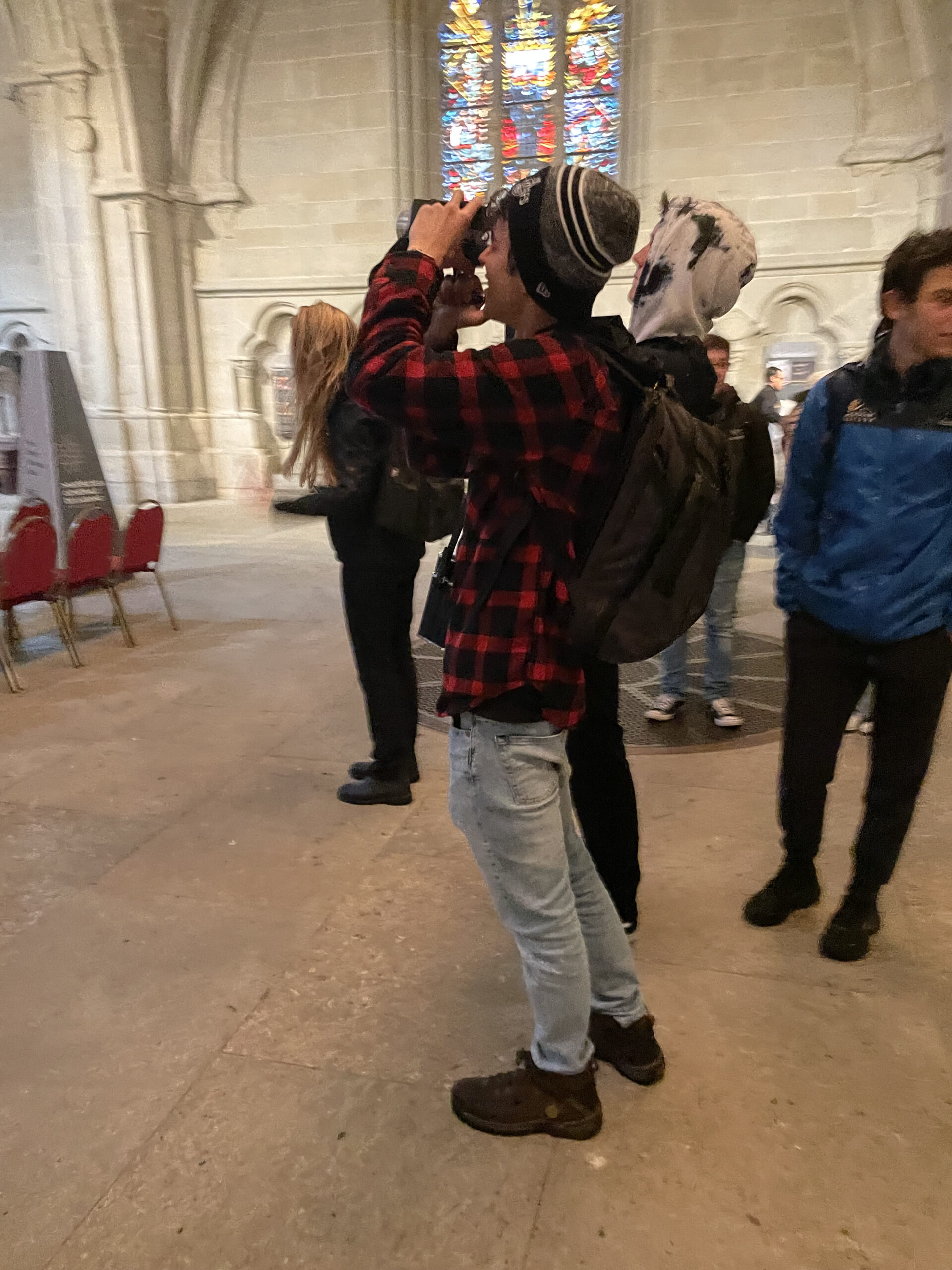
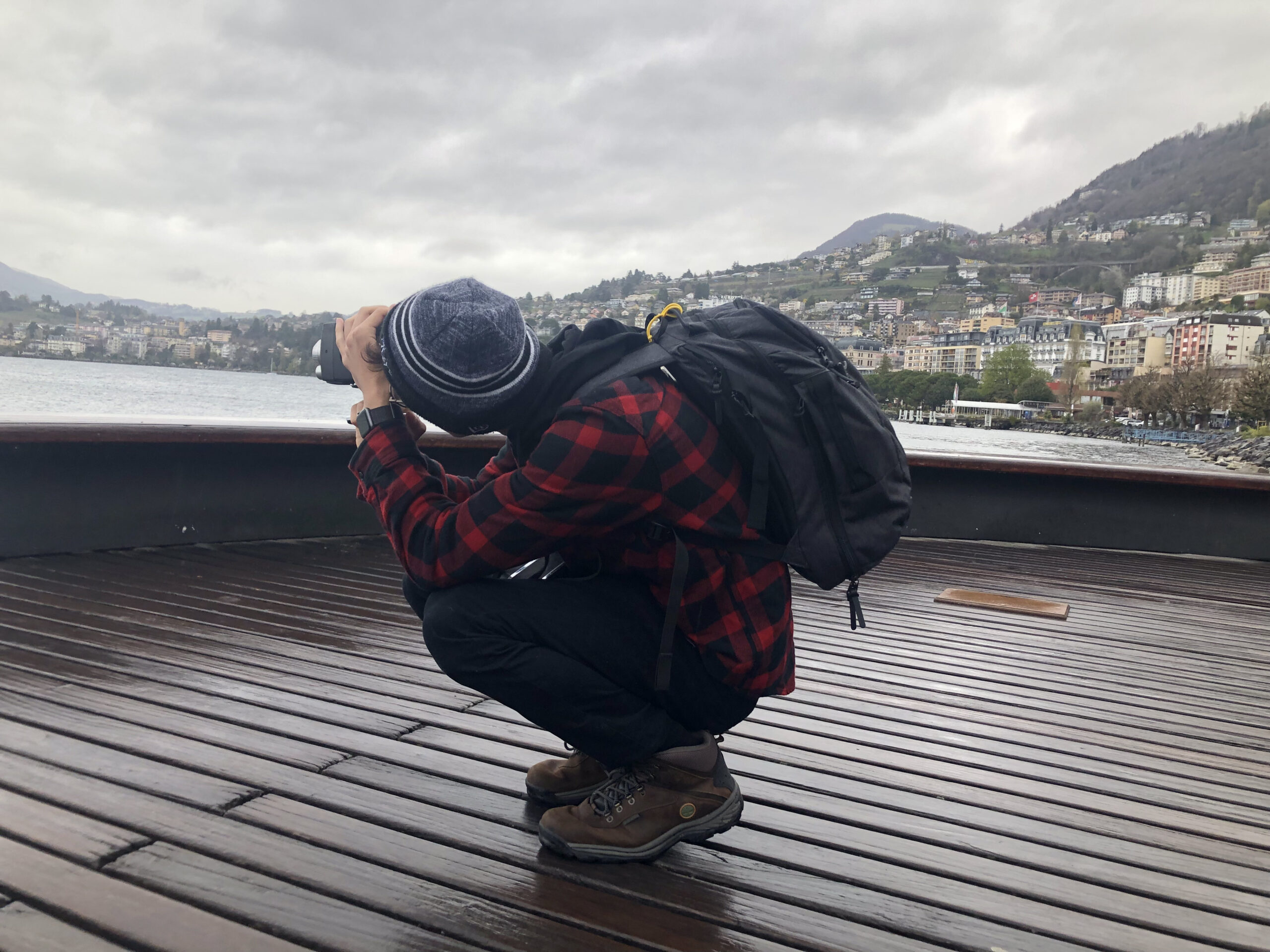
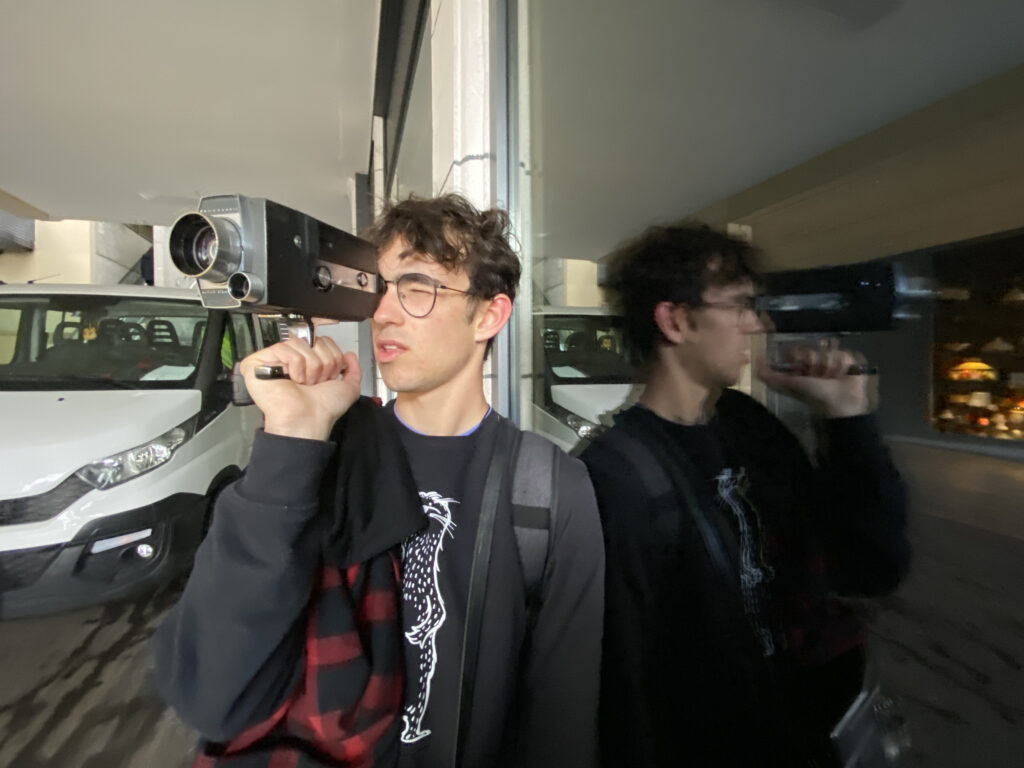
My first few weeks of the project mainly involved filming. I was in Switzerland for 12 days, and that was essentially what I wanted to be chronicling. I spent that time filming obviously, but also, not pictured, I only brought one role of film with me to Switzerland and had to buy 2 more there. The days also had big fluctuations with filming, the first day having a lot before realizing I was running out of a film and slowing it down, and then filming a lot again once I got more of it.
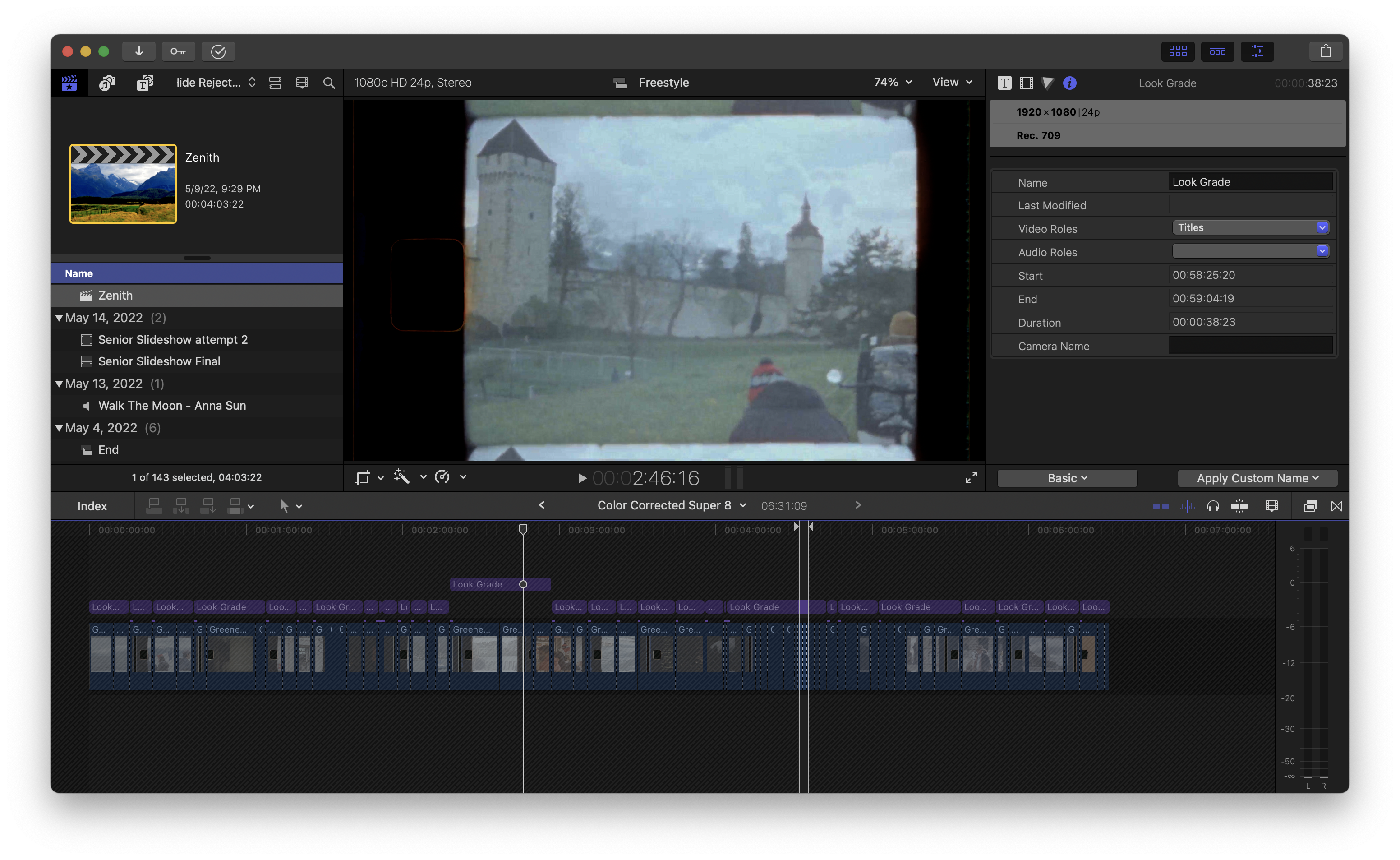

Once I sent my film down to Los Angeles (yes I had to ship it all the way down there), and got it back (very stress inducing if I would get it back on time), my first step in editing was to chop up all the footage into individual clips and color edit little bulks of these clips. Above you can see the initial color edit with all the different parts I had to edit separately, and then an example of how massive of a difference that made. While these steps weren’t incredibly difficult by any means, they did take the most time to split everything up correctly and then fine tune the color correction for all clips to make sure that once I made it into a compound clip to edit as a general project, it would look as good as it could. The raw footage ended up being about 7 minutes long.
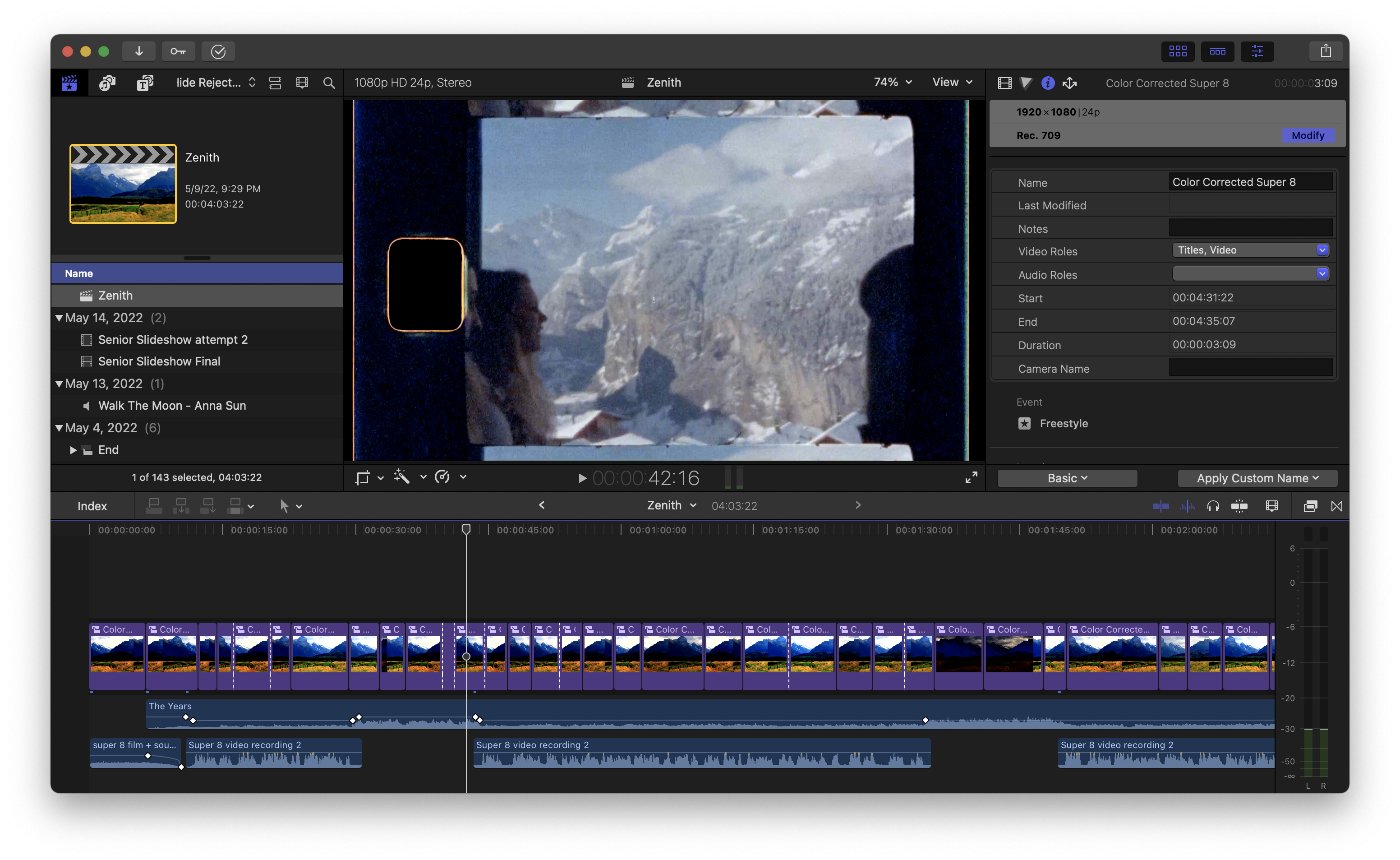
The final edit was a combination of many things. The first part was to take that 7 minutes down to something more watchable and entertaining (it ended up being just above 4 minutes). I ended up having to cut out huge amounts of unusable night footage as well as many repetitious shots it turns out I took (there were a lot of churches). I also ended up cutting down a lot of the longer clips to feel more snappy. I then recorded and inserted my voice recording, making sure to split it up properly through the video to have the right pacing, normalizing it, and adding in a few sound effects that might enhance the experience. I learned here that as novel of an idea as sound effects might be, most of them simply pulled the audience out of the video being extremely noticeable and strange feeling when put side by side with the rest of the footage. I then added my song called The Years by Henry Jamison, and doing a few more adjustments to get the pace and editing to work tightly with the music. The biggest change here ended up being, well, the ending, which I had to creatively find a way to make it poignant and interesting since the song didn’t quite reach that far and it didn’t feel like there was much more I could remove.
The Completed Project
Through this project I think I achieved a lot. While obviously I didn’t improve with teaming and collaboration, and I didn’t do a whole lot of public good, I improved a lot with my visual literacy and creativity, being able to use an older form of technology to still essentially tell a compelling and nostalgic story. It is like other Super 8 Videos but still wholely feels like me, not a replicant of something else. I was very productive in this, but it also wasn’t a particular improvement as I normally am productive in things I’m passionate about. However I still took a risk using footage I couldn’t see and could only somewhat plan for. Generally I can obviously see instant playback of whatever I’ve taken, but I’ve also been planning nearly everything I’ve been working on extensively in recent memory. This shift in what I could see and how I shot was a big risk that substantially changed how I created the film. I had to envision things only in my head without anything tangible to relay it to. The song choice, dialogue, and even general editing vision had to be thought about and created without the actual footage for a long time. When I did eventually get the footage then, I had to create a story with clips that didn’t entirely have a through line. Yet I still was able to create a personal and intimate reflection of the end of high school that, I think, at least somewhat aligned with the footage being shown.
My Zenith was a deeply personal and reflective project I wanted to do to encapsulate my feelings of leaving high school in the moment. It comes both from my mind, and my gut feelings of what to shoot on the trip and what to say afterwards. And I really do hope that one day I’ll be able to look back on it and see where and who I was then, and recapture those memories in a little jar in my mind, just for a moment.
